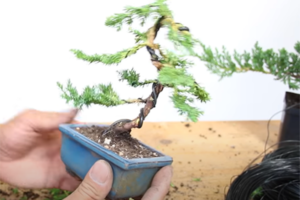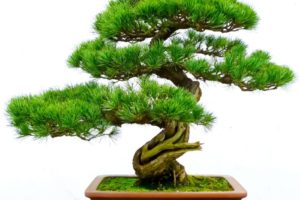YouTube
How to make air layers for bonsai #terryerasmusbonsai #airlayering #bonsai #bonsailife #bonsaitree
Air layering is a propagation technique commonly used in bonsai cultivation to create a new plant from a branch of an existing one. It is a simple and effective way to create new bonsai specimens, especially for species that are difficult to propagate through other methods such as rooting cuttings.
To begin the air layering process, choose a healthy, mature branch on your bonsai tree that is at least one year old. Using a sharp knife or pair of scissors, make a clean, straight cut through the bark and into the cambium layer (the layer of cells just beneath the bark that is responsible for transporting water and nutrients throughout the tree). The cut should be about an inch long and should be angled slightly downward to encourage the formation of roots.
Next, dust the cut area with rooting hormone powder to stimulate root growth. Then, wrap the cut area with moist sphagnum moss or a rooting medium such as peat moss or coconut coir. Secure the moss or rooting medium in place with plastic wrap or aluminum foil, making sure to seal it tightly around the branch to prevent the moss from drying out.
Finally, cover the wrapped area with a layer of mulch or soil to help maintain moisture levels and keep the temperature consistent. Be sure to keep the moss or rooting medium moist during the rooting process, as dry moss will not promote root growth.
It can take anywhere from several weeks to several months for roots to form, depending on the species of tree and the time of year. To check for root development, gently remove the wrapping material and check for new roots growing from the cut area. Once the roots have reached a sufficient size, the branch can be carefully cut from the parent tree and potted as a new bonsai specimen.
Air layering is a useful technique for bonsai enthusiasts looking to expand their collection or to create new plants from old, overgrown specimens. With a little patience and the right tools, it is possible to create beautiful new bonsai trees using this simple propagation method.







Leave a Reply
Your email is safe with us.
You must be logged in to post a comment.